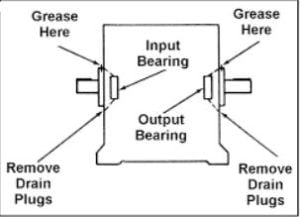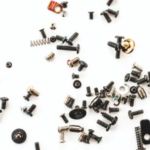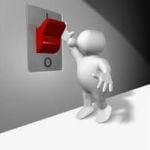By DSI/Dynamatic
There’s no doubt that equipment will break down from time to time. Breakdowns seem to happen at the most inconvenient times, too, leaving you at a standstill that costs a lot of money. It becomes very stressful when you experience down times due to equipment breakdowns as other machinery, processes, and functions are reliant on that one piece of equipment to function properly.
Equipment breakdowns can happen to anyone, but prevention is ultimately your best line of defense. So, how do you avoid an equipment breakdown? We’ll lead you through a few simple steps to make sure you’re doing everything you can to keep your business going, even if a piece of equipment does not.
A Checklist
A checklist provides a record of work completed and serves as a necessary reference for all areas to be checked. Each installation requires a unique checklist that includes all the equipment involved. Your maintenance supervisor should prepare this checklist and include all maintenance checkpoints for your equipment, the frequency at which each item should be checked, and the specific parameters that should be observed.

Lubrication
The number one cause of equipment malfunction and breakdown is failure to lubricate. If your product contains bearings, lubrication should be on your regular maintenance checklist. Additional causes of bearing failure are contamination and over-greasing. For most operating conditions, the bearings should only be greased approximately every 2,000 hours. However, if the product is to be run continuously or operated in a high ambient temperature [86ºF to 104ºF (30ºC to 40ºC)] or at a high slip RPM, more frequent lubrication would be necessary.

Inspection
During routine maintenance, it’s important to perform visual checks for loose bolts, missing guards, lubricant leaks, excessive dirt on cooling surfaces and air inlets, and any other abnormal conditions. Compare the overall performance with previous reports and investigate any changes noted. Specifically, check any brake or other supporting devices that are used.

Cleaning
Cleaning should be performed as often as dictated by the environment of the unit. The more severe (dirty or hot) the conditions are, the more often these tasks must be performed. Before doing any work, turn power OFF, and lock out disconnect switch. Clean accumulated dust and dirt from the unit and immediate area. Pay special attention to the air intake areas. Dirt that accumulates in that area can easily obstruct airflow or be drawn into the unit to cause overheating or mechanical binding. If your product has slip rings, monitor for carbon dust accumulation. Slip ring area must be kept clean for proper usage. Check to see if parts are worn and need replacing. If dirt and other contaminants are drawn into the unit with the cooling air, the unit may eventually require internal cleaning. Since internal cleaning requires disassembly, the work should be performed by a qualified service shop.

Aside from these items, it’s always a good idea to have a spare eddy current product on hand in case of a problem. Being able to switch out a product to keep business rolling will eliminate down time and provide peace of mind while the non-functional piece is in for repair or replacement. For information related to the purchase of spare machinery or with any questions related to regular maintenance, please call us at (262) 554-7977 or email sales@dynamatic.com.